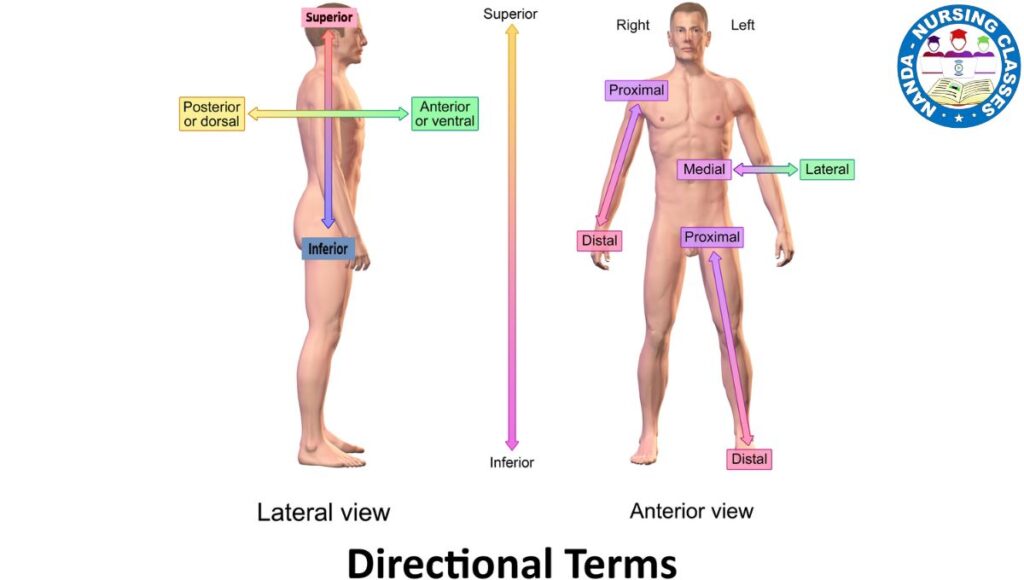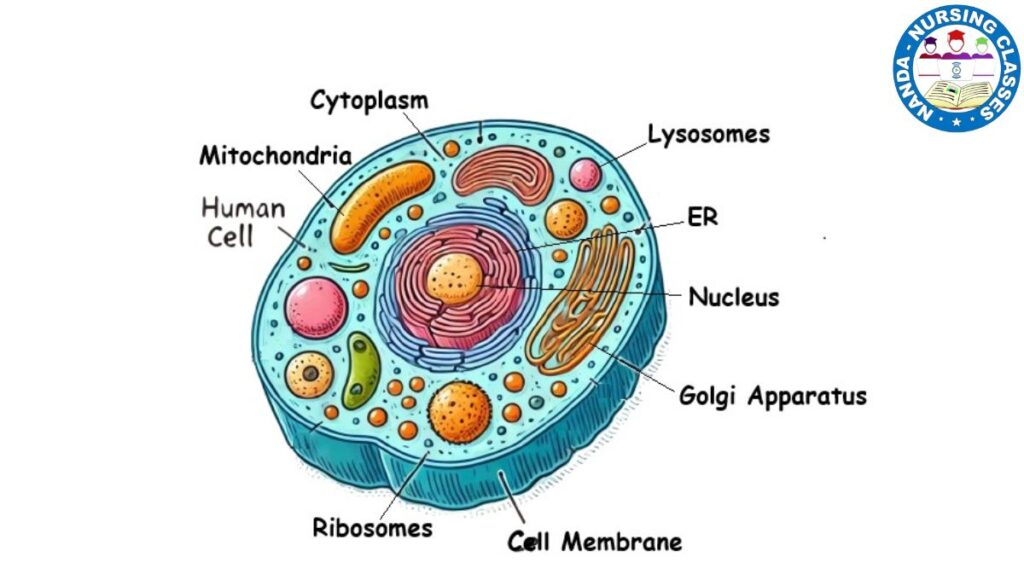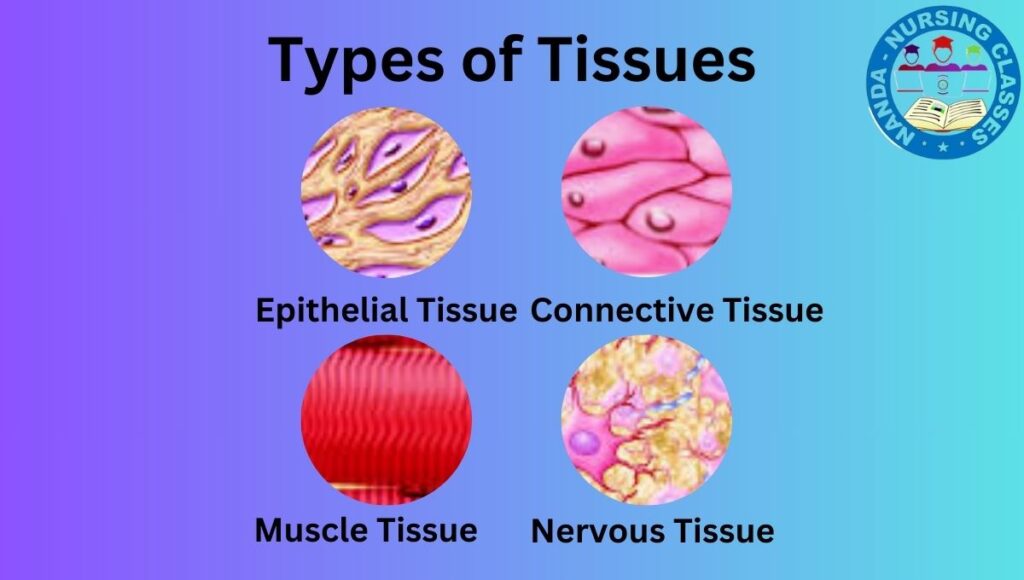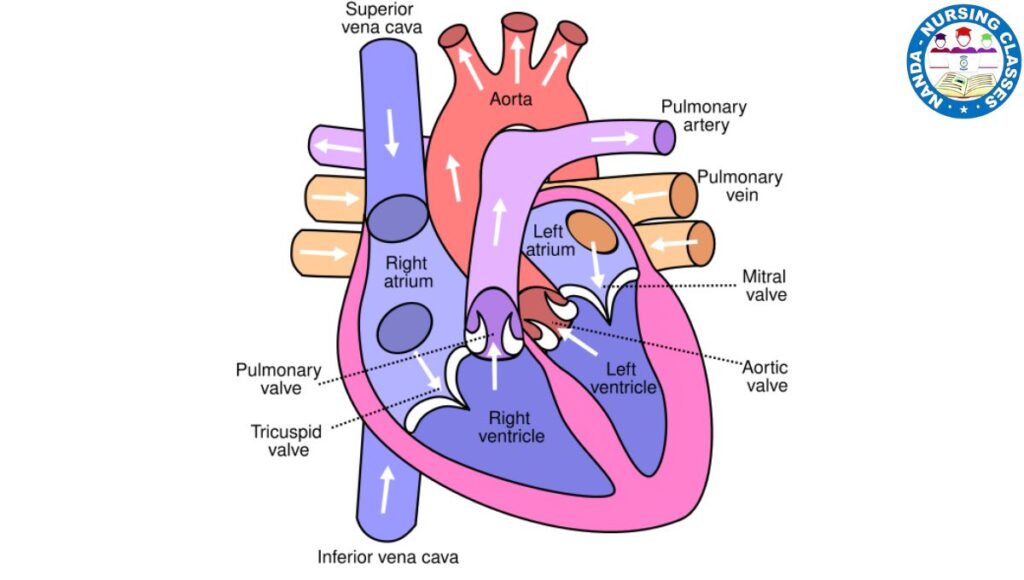Introduction
Blood is a vital fluid in the human body, essential for sustaining life. It is responsible for transporting oxygen, nutrients, hormones, and waste products while playing a crucial role in maintaining homeostasis and protecting the body against infections. Blood also acts as a connective tissue, linking various systems and ensuring proper physiological functioning. Understanding its composition, functions, and related processes is fundamental in the field of nursing.

Definition
Blood is defined as a specialized connective tissue composed of plasma (the liquid component) and formed elements (RBCs, WBCs, and platelets) that circulate through the cardiovascular system to perform various functions, including transportation, regulation, and protection.
Composition and Formation of Blood
Blood is a specialized connective tissue consisting of two main components:
Plasma
Plasma is the yellowish fluid containing 55% of blood volume.
-
-
- Water (90-92%): Acts as a solvent for transporting nutrients, hormones, and waste products.
- Proteins: Albumin, globulin, and fibrinogen (involved in maintaining osmotic pressure, immunity, and clotting).
- Electrolytes: Sodium, potassium, calcium, etc., which help in maintaining pH and fluid balance.
- Nutrients and Waste Products: Glucose, amino acids, urea, and carbon dioxide.
-
Formed Elements
The remaining formed blood elements are 45% of the total blood volume. These are red blood cells, white blood cells, platelets, and others.
-
- Red Blood Cells (RBCs): Carry oxygen and carbon dioxide through hemoglobin.
- White Blood Cells (WBCs): Protect against infections (e.g., neutrophils, lymphocytes).
- Platelets: Help in blood clotting.
Formation of Blood (Hematopoiesis):
- Blood cells are formed in the bone marrow from hematopoietic stem cells.
- RBCs mature in the marrow, while lymphocytes may mature in lymphoid organs (e.g., thymus, spleen).
- Hormones like erythropoietin regulate RBC production.
Functions of Blood
Transportation:
-
- Oxygen goes from the lungs to tissues, and carbon dioxide goes back to the lungs.
- Nutrients from the digestive tract to cells.
- Hormones from endocrine glands to target organs.
- Waste products to the kidneys and liver for excretion.
Regulation:
-
- Maintains body temperature by distributing heat.
- Regulates pH through buffers.
- Controls water-electrolyte balance.
Protection:
-
- WBCs and antibodies defend against infections.
- Platelets and clotting factors prevent excessive blood loss.
Blood Clotting, Blood Grouping, and Cross-Matching
Blood Clotting (Coagulation):
-
- A protective mechanism to prevent blood loss from injuries.
- Steps:
- Vascular Spasm: Constriction of blood vessels to reduce blood flow.
- Platelet Plug Formation: Platelets stick to the damaged site and to each other.
- Coagulation Cascade: Fibrinogen converts to fibrin, forming a stable clot.
Blood Grouping:
-
- Determined by the presence or absence of antigens (A and B) on the surface of RBCs.
- The ABO system classifies blood into:
-
-
- Group A (A antigen)
- Group B (B antigen)
- Group AB (both A and B antigens)
- Group O (no antigens)
-
-
- The Rh factor indicates positive (+) or negative (-) blood type.
Cross-Matching:
-
- Ensures donor and recipient blood compatibility by mixing a small sample of both to prevent transfusion reactions.
Use of Blood Products
- Whole Blood: Used in severe blood loss and trauma.
- Packed Red Blood Cells (PRBCs): Treats anemia and blood loss.
- Platelets: Used for thrombocytopenia and bleeding disorders.
- Plasma: Treats clotting disorders; contains clotting factors.
- Cryoprecipitate: Contains fibrinogen and is used in clotting deficiencies.
- Albumin: Helps restore blood volume in burns or shock.
Precautions for Blood Product Use:
- Proper storage and handling.
- Screening for infectious diseases.
- Monitoring for transfusion reactions.
Conclusion
Blood is indispensable to human life, performing numerous critical roles such as nutrient transport, waste elimination, immune defense, and clotting. An understanding of its composition, formation, and functions helps nurses and healthcare professionals manage various medical conditions effectively. Furthermore, the knowledge of blood grouping, cross-matching, and the use of blood products ensures the safe and efficient management of transfusions and treatments. This foundational knowledge is crucial for delivering quality patient care. We also discuss normal vales of blood, disorders of blood, and their treatment. Join us to learn complete anatomy and physiology and share with your friends.
FAQs on Blood Composition and Functions
Q1. What are the main components of blood?
The main components of blood are:
- Plasma: A liquid that constitutes 55% of blood and contains water, proteins, electrolytes, nutrients, and waste products.
- Formed Elements: Includes red blood cells (RBCs), white blood cells (WBCs), and platelets.
Q2. How is blood formed in the body?
Blood is formed in the bone marrow through a process called hematopoiesis, where stem cells differentiate into RBCs, WBCs, and platelets.
Q3. What are the primary functions of blood?
The primary functions of blood include:
- Transportation of oxygen, nutrients, hormones, and waste.
- Regulation of body temperature, pH, and fluid balance.
- Protection against infections and excessive blood loss through clotting.
Q4. What is blood clotting, and why is it important?
Blood clotting, or coagulation, is the process by which blood forms a clot to seal wounds and prevent excessive bleeding. It involves platelets, clotting factors, and fibrin.
Q5. What is blood grouping, and how is it determined?
Blood grouping is the classification of blood based on the presence of antigens (A and B) on RBCs. The ABO system and Rh factor determine a person’s blood type (e.g., A+, O-, AB+).
Q6. What is cross-matching in blood transfusions?
Cross-matching is a test done before transfusions to ensure donor blood is compatible with the recipient’s blood, preventing adverse reactions.
Q7. What are the uses of blood products?
Blood products, such as whole blood, plasma, platelets, and packed RBCs, are used to treat conditions like anemia, bleeding disorders, and shock.
Q8. Why is the study of blood important for nurses?
For nurses, understanding blood composition and functions is essential for diagnosing and managing conditions like anemia, infections, bleeding disorders, and transfusion-related complications.
If you have any queries, please ask in the comment section. Thank you for your patience time.





